

— Blogs —
—Products—
 Consumer hotline +8618073152920
Consumer hotline +8618073152920 WhatsApp:+8615367865107
Address:Room 102, District D, Houhu Industrial Park, Yuelu District, Changsha City, Hunan Province, China
Product knowledge
Time:2025-10-15 14:12:52 Popularity:729
In the field of level monitoring, ultrasonic water level sensors have long been one of the mainstream choices. Their working principle is simple yet efficient: the sensor emits ultrasonic pulses and measures the round-trip time of the sound waves from the probe to the liquid surface, thereby calculating the precise distance. This non-contact measurement method completely avoids the common pain points of traditional contact sensors (such as hydrostatic or float types)—medium contamination, corrosion wear, and frequent maintenance issues in high-viscosity liquids or strict hygiene environments.
Imagine: In sewage pools at water treatment plants, storage tanks in chemical enterprises, or household smart water tanks, ultrasonic sensors can easily handle the job. Their popularity stems from high cost-effectiveness and installation convenience, especially in medium-short distance scenarios (1m to 10m), far surpassing other technologies. Whether for industrial applications or DIY enthusiasts, they offer significant benefits. But like any technology, ultrasonic is not flawless. Understanding the pros and cons of ultrasonic water level sensors and mastering optimization techniques is the key to ensuring project success.
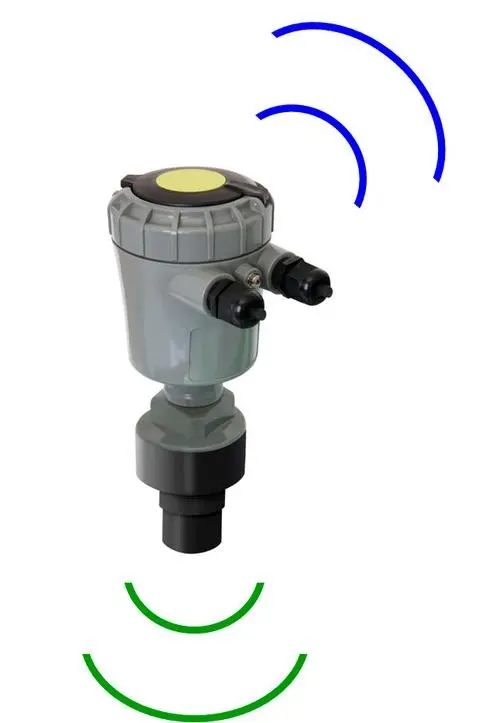
To help you quickly grasp the key points, we've organized the advantages and disadvantages into a table. The data is based on actual engineering cases for easy comparison and decision-making.
| Advantages (Pros) | Disadvantages (Cons) |
| Non-contact measurement: Completely avoids medium contamination and corrosion, suitable for water, oil, chemicals, and even granular or powdery materials. | Temperature sensitivity: Sound speed changes with air temperature (about 0.6m/s per 1°C), leading to centimeter-level errors without compensation. |
| Outstanding cost-effectiveness: Entry-level modules cost just tens of yuan, and industrial-grade ones are far cheaper than laser or radar sensors, ideal for budget-limited projects. | Blind zone limitation: 10-30cm below the probe is a blind zone, unable to measure near-distance levels. |
| Versatile for multiple scenarios: From household water tanks to industrial storage tanks, compatible with liquids and solids, highly extensible. | Steam/mist influence: High-humidity environments attenuate signals, causing measurement fluctuations. |
These pros and cons are not absolute—through targeted optimization, many "disadvantages" can be turned into controllable factors. Next, we'll delve into the core challenges and professional countermeasures.
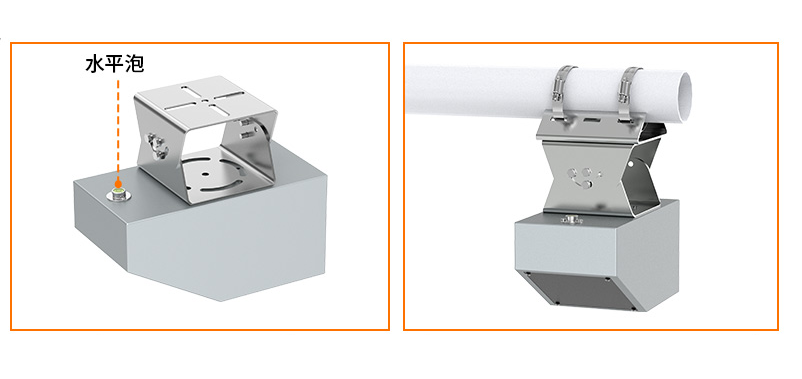
The "Achilles' heel" of ultrasonic measurement lies in the instability of sound speed. The approximate formula for sound speed in air is 331.3 + 0.606 × T (where T is Celsius temperature), and a small 10°C temperature difference can cause a 10cm error over a 10m range. This is no small matter in precision water treatment or inventory management.
At NiuBoL, we view these challenges as opportunities for innovation. Our industrial-grade ultrasonic water level sensors incorporate multiple technologies to ensure stable output in complex environments:
- Intelligent temperature compensation: Integrated high-precision NTC temperature sensor that monitors ambient temperature in real-time and dynamically calibrates sound speed. Result? Errors controlled within 1mm, even in extreme temperature zones from -20°C to 60°C, with no manual intervention required. Compared to the simple linear compensation of the entry-level NBL-RS-RAD module, our algorithm incorporates humidity and pressure factors, improving accuracy by over 30%.
- Echo signal optimization: Uses adaptive algorithms to filter clutter caused by foam or steam. It only captures the strongest, most stable liquid surface echo, avoiding "ghost signals." In testing, this technology reduced failure rates under foam interference from 40% to 5%.
- Anti-interference installation guide: Recommend using a guide tube (Stilling Pipe) or beam angle adjustment. Place the sensor in an isolation tube to block lateral wind, agitation, or steam effects. During installation, ensure the probe is vertically aligned with the liquid surface and the blind zone avoids the tank bottom—these small tips can boost system reliability to 99%.
Through these measures, the potential of non-contact measurement is maximized. Whether optimizing existing systems or starting new projects, NiuBoL can provide customized consulting.
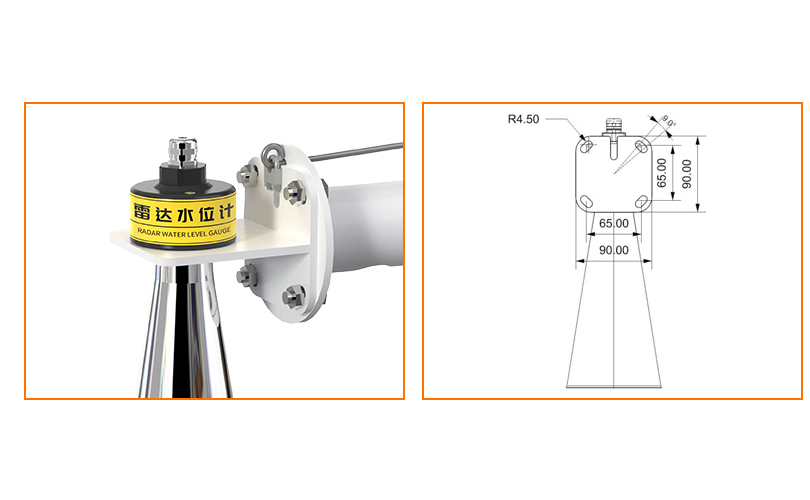
Tired of manually checking the water tank? Try this level DIY project! With entry-level hardware and open-source code, you can build a remote monitoring system to track water levels in real-time and receive alerts. The entire project costs under 200 yuan, suitable for household rainwater collection, small farms, or smart home enthusiasts.
- Ultrasonic sensor: NBL-RS-RAD.
- Microcontroller: ESP32 (built-in Wi-Fi, about 30 yuan), superior to Arduino in wireless capabilities.
- Communication module: ESP32's built-in Wi-Fi; for remote areas, add a LoRa module (extra 20 yuan).
- Power and accessories: 5V adapter, Dupont wires, waterproof enclosure (total 50 yuan).
1. Drill a small hole at the top of the water tank (or fix with glue), position the sensor probe vertically downward, at least 30cm from the water surface (to avoid the blind zone).
2. Keep away from water inlets and agitation areas to ensure a calm liquid surface.
3. Seal interfaces with waterproof glue to prevent moisture erosion—remember, condensation is a common killer.
Use Arduino IDE to write a simple script. Core logic: Trigger pulse → Measure round-trip time t (in μs) → Calculate distance D = (t × sound speed) / 2 → Level = Tank depth H - D.
Example code snippet (ESP32):
```cpp
include <NewPing.h> // Ultrasonic library
define TRIGGER_PIN 5
define ECHO_PIN 18
define MAX_DISTANCE 200 // cm
NewPing sonar(TRIGGER_PIN, ECHO_PIN, MAX_DISTANCE);
void setup() {
Serial.begin(115200);
}
void loop() {
delay(50);
unsigned int distance = sonar.ping_cm(); // Get distance
float level = TANK_HEIGHT - distance; // TANK_HEIGHT is tank depth
Serial.print("Water Level: "); Serial.print(level); Serial.println(" cm");
// Add temperature compensation: sound speed = 331.3 + 0.606 temp;
}
```
After uploading, verify accuracy via the serial monitor. For temperature compensation? Integrate a DHT22 sensor to dynamically adjust sound speed.
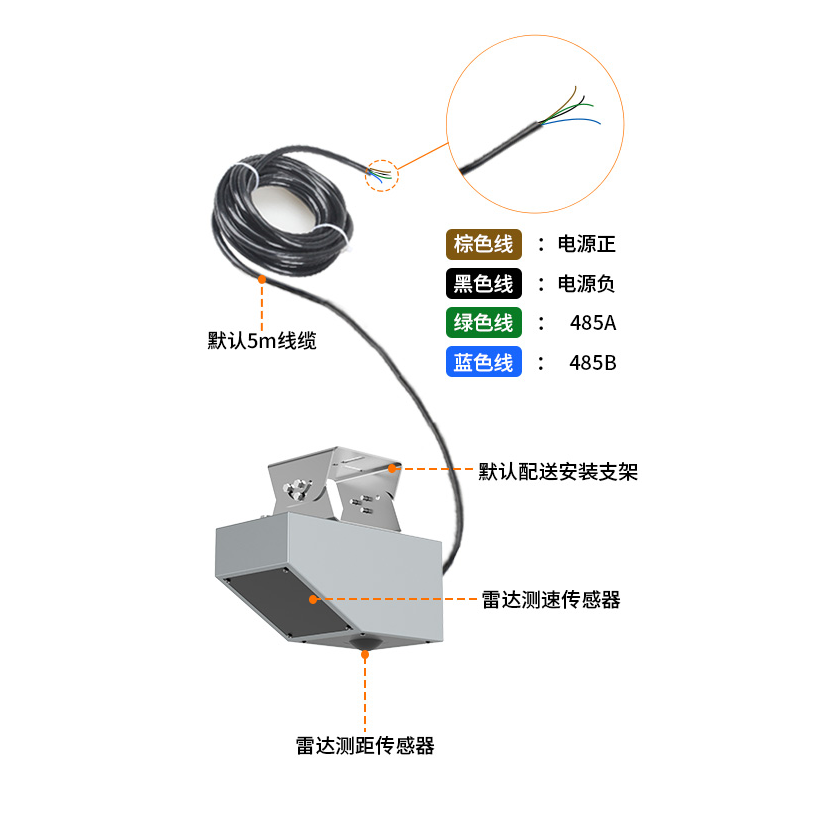
- Connect ESP32 to Wi-Fi and push data to Thingspeak/akenza/thinger (IoT platforms).
- Set API keys to report level and temperature every 5 minutes.
- Create a real-time level chart on the IoT platform dashboard and bind IFTTT rules: Send email/SMS alerts when level <20%.
Test for a week and record errors. Common issues? Use software filtering for foam interference; add a repeater for weak signals. Expansion ideas: Integrate app notifications or link to automatic water pump replenishment.
This project not only saves time but also teaches practical ultrasonic temperature compensation and anti-interference measures. Once complete, you'll have a round-the-clock "water level guardian."
As a leading brand focused on level sensors, NiuBoL goes beyond just selling products. We've been deeply cultivating sensor technology for over 10 years, with every industrial-grade sensor undergoing IP67 waterproofing and EMC anti-interference certification.
We promise: From selection consulting to on-site debugging, one-stop service. Whether for industrial corrosive tanks or DIY innovation projects, NiuBoL can provide tailored customization.
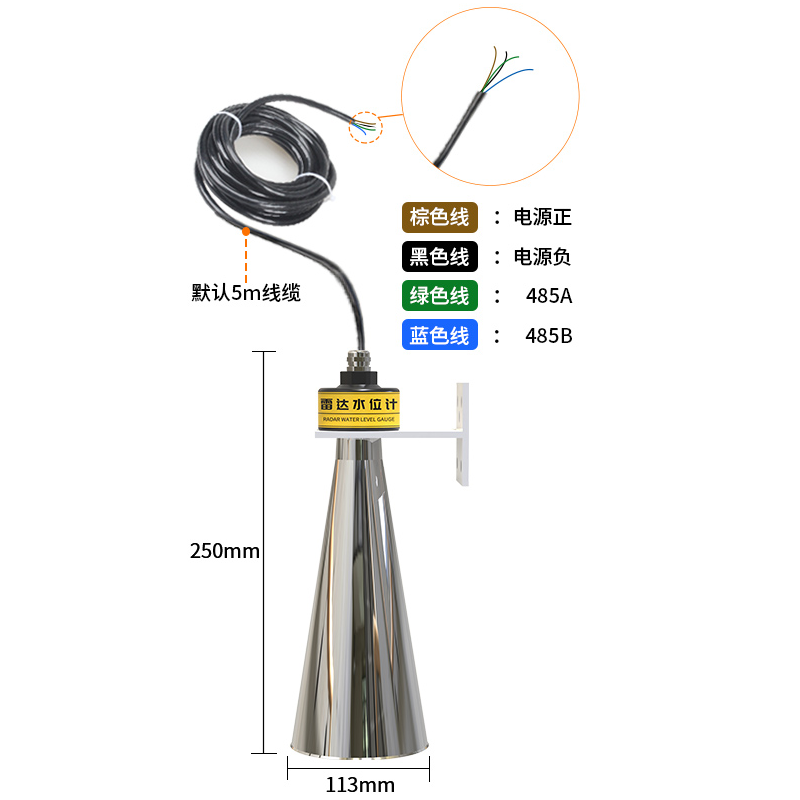
A: Almost no special restrictions. It measures air distance, not the liquid itself, so it's suitable for water, oil, or mild chemicals. However, the liquid surface needs to be relatively flat—avoid thick foam or floating slag completely blocking the sound waves, as this would weaken the echo signal.
A: Hydrostatic excels in deep water (e.g., wells >10m) and high-precision needs but requires immersion in the medium, making maintenance cumbersome. Ultrasonic is the top choice for corrosion/hygiene-sensitive scenarios or easily accessible top-mounted small tanks. Budget under 500 yuan? Ultrasonic is the cost-performance king.
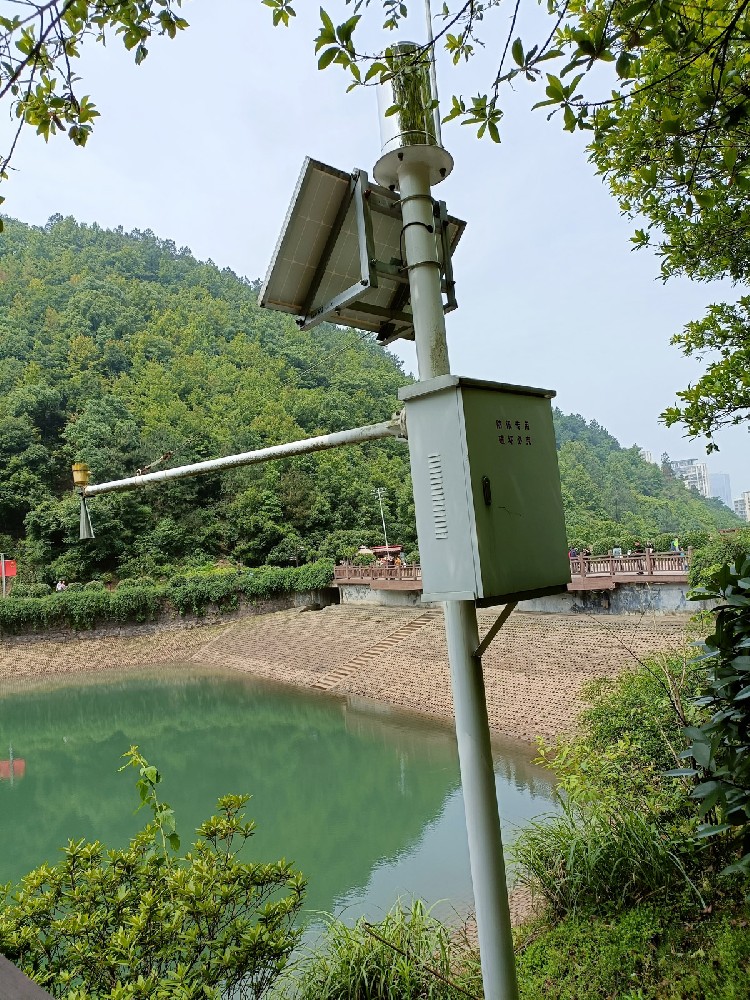
A: Condensation can fog the probe and interfere with transmission. NiuBoL sensors feature built-in micro-heating circuits and hydrophobic coatings to automatically evaporate moisture. Even at 95% humidity, signals remain pure. For DIY users, add silica gel desiccant as a temporary solution.
A: Only for prototype testing. It has ±3mm accuracy and a large blind zone, not resistant to interference. For industrial scenarios, recommend NiuBoL's upgraded version, supporting Modbus protocol and 4-20mA output, with a lifespan over 5 years.
A: Use ESP32 or Raspberry Pi as a gateway to aggregate data and upload to the cloud. Our SDK supports one-click integration, easily expanding to 10+ water tanks.
Prev:Choosing the Right Water Level Sensor for Any Application: A Comprehensive Breakdown
Next:Pool Water Level Sensor Solutions: Types, Installation, and Automated Refill Systems
Related recommendations
Sensors & Weather Stations Catalog
Agriculture Sensors and Weather Stations Catalog-NiuBoL.pdf
Weather Stations Catalog-NiuBoL.pdf
Related products
 Combined air temperature and relative humidity sensor
Combined air temperature and relative humidity sensor Soil Moisture Temperature sensor for irrigation
Soil Moisture Temperature sensor for irrigation Soil pH sensor RS485 soil Testing instrument soil ph meter for agriculture
Soil pH sensor RS485 soil Testing instrument soil ph meter for agriculture Wind Speed sensor Output Modbus/RS485/Analog/0-5V/4-20mA
Wind Speed sensor Output Modbus/RS485/Analog/0-5V/4-20mA Tipping bucket rain gauge for weather monitoring auto rainfall sensor RS485/Outdoor/stainless steel
Tipping bucket rain gauge for weather monitoring auto rainfall sensor RS485/Outdoor/stainless steel Pyranometer Solar Radiation Sensor 4-20mA/RS485
Pyranometer Solar Radiation Sensor 4-20mA/RS485
Screenshot, WhatsApp to identify the QR code
WhatsApp number:+8615367865107
(Click on WhatsApp to copy and add friends)
